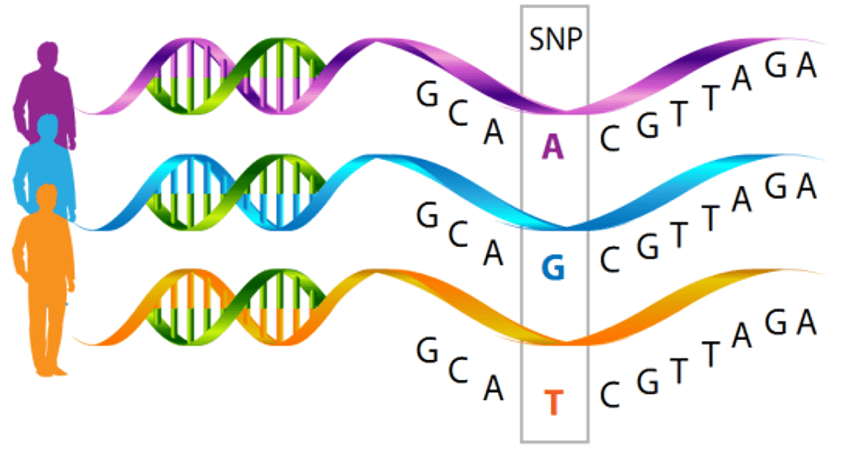Population Genetics
Theoretical and applied population genetics
In the context of the deep temporal and broad geographical sampling that is unique to human genetics, we combine mathematical studies of population genetic models and computational approaches to understand the complex patterns of large-scale human genetic variation and its implications for human demographic history and the genetic basis of traits and diseases.

A particular challenge in both demographic inference and the search for signals of adaptation is how to best capitalize on the potentially enormous increase in statistical power provided by the access of ancient samples.
We use coalescent theory to guide our work and develop statistical inference tools for various questions related to human history. Such questions involve investigating population continuity and divergence times as well detecting admixture events and population size changes over time. A further aim is to develop tools that allow the information inherent in ancient DNA samples to be incorporated in an efficient way.
To fully understand human evolutionary history, it is also important to identify genomic changes (if any) that were associated with the emergence of anatomically modern humans and/or targets of local adaptation as humans colonized various areas of the world. Although there already exist a wealth of statistical tools intended to identify regions under selection, each of these tools are powerful at different time scales in different demographic scenarios and for different types of data. Our work focuses on improving existing methods and developing novel statistical tools for identifying genomic regions under selection.
